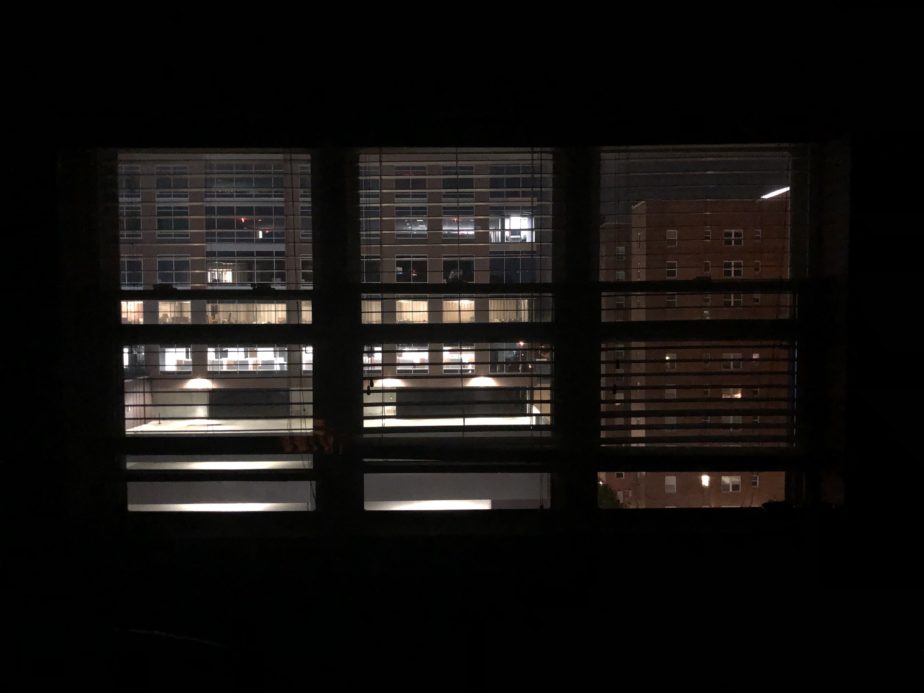The power went out recently in my neighborhood. Neighboring buildings were completely dark, as was mine. I was cooking dinner at the time, so not only was I hungry, but I was also in the dark.
And so was the server. Now I don’t host any crucial services on there. It’s a Homelab; it’s just for funsies. But I still need to get an uninterruptable power supply (UPS), at least to allow for graceful shutdown when these rare outages happen. Twice the power tried to come on minutes after the outage. That means power went out three times; two of those times, the server got power for just a moment before turning off again, since I have the machine set to automatically start after power failure. I don’t know what that does to a machine, but it can’t be good. Especially an old boy like mine.
That said, I don’t expect I’ll get a long-lasting UPS. The outage was long: 45 minutes. There’s no way I could keep a server going for that long on a UPS. At least one that I could afford. Plus, it’d be worthless to do so since everything else was unpowered: my computers, the router and switches, the fiber jack, etc. So I only need something that can last 10-15min. It’d also be nice if it the UPS had someway to trigger a shutdown of ESXi, but that might be asking too much.
I’ve researched this before, but I think I’ll get back on it. Maybe even a refurbished one is good enough.
On a side note, this will lead to my next task: setting up those Conditional DNS Forwarders I mentioned in my previous post. When the power did come back on, the router and Internet fiber jack came on quickly. But since DNS is on the server, and the server takes like 10 minutes total to boot, then for ESXi to boot, then the Window Server to boot, I didn’t have Internet during that time. First World Problem at home, sure, but in a business environment, that could be pretty annoying, especially if the issue is a server being down, while everything else is up.
Yes, that was my view above during the outage. Yes, those buildings had power, while I had none. I guess I live on the edge of a neighborhood grid. The buildings to the side and “behind” me had no power, while those in “front” of me did.
Honestly, it was kind of nice to sit in the darkness for 45min. I had my phone, so it wasn’t terrible. But I was still hungry.

